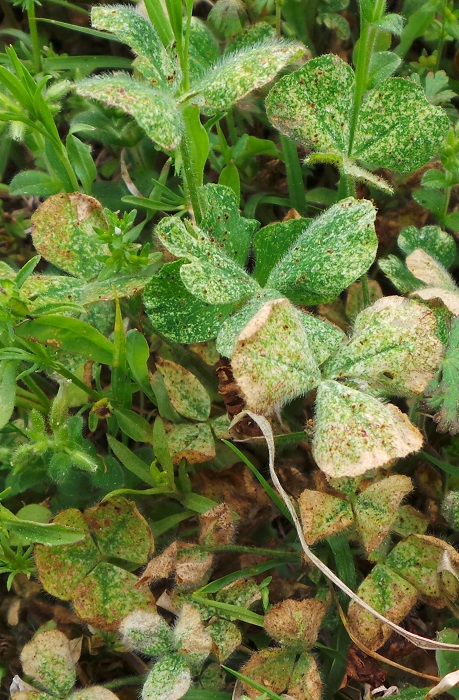
by Mark Mauldin | Mar 20, 2015
Just as clover overcomes the cold temperatures and short days of winter a new problem has arrived – legume mites (Petrobia apicalis). These pests which feed on the underside of clover leaves, can cause quite dramatic symptoms in a stand of clover. Almost exactly one...
by Doug Mayo | Mar 20, 2015
Bob Kemarait, UGA Extension Plant Pathologist Peanut disease and nematode management are always a critical component for profitability and success. The following are some suggestions for disease and nematode management for the 2015 growing season. It is expected that...

by Doug Mayo | Mar 13, 2015
The University of Florida IFAS Extension offers a database of fact sheets available for free download on the Internet called EDIS (Electronic Data Information Source) that has many publications of interest to farmers and ranchers in Northwest Florida. Each fact sheet...
by Joe Funderburk | Feb 27, 2015
Joe Funderburk, North Florida REC, University of Florida, Quincy and Scott Adkins, USDA-ARS, Fort Pierce, FL Tospoviruses are a group of plant infecting viruses that cause economically significant crop losses worldwide. Tomato spotted wilt virus (TSWV) is the original...
by jferrell | Feb 20, 2015
B. Colvin, J. Ferrell, and R. Leon Hairy indigo (Indigofera hirsuta) is an annual legume that was introduced to Florida as a forage crop. It has since escaped cultivation where it can be a troublesome weed in some crop settings. Hairy indigo is particularly difficult...
by Josh Freeman | Feb 13, 2015
If you’ve grown fruit trees your likely familiar with the process of grafting. Grafting is the physical combination of a scion, the top of the plant, with a rootstock, bottom of the plant, of two different varieties or even different plant species. This is done to...



